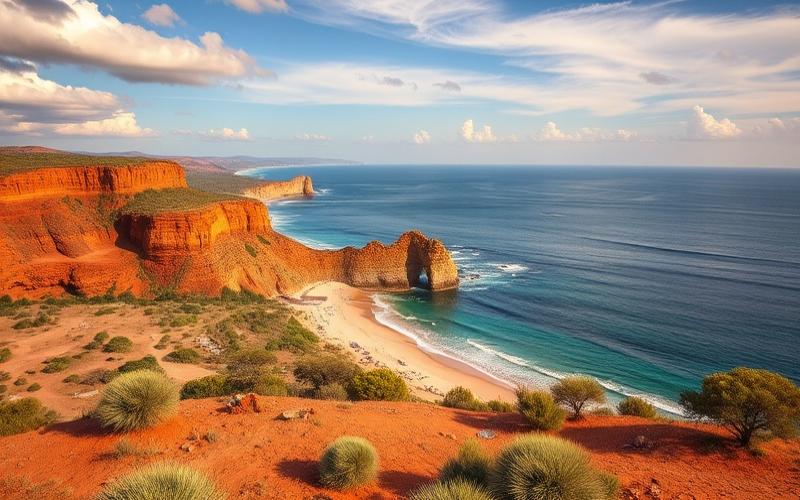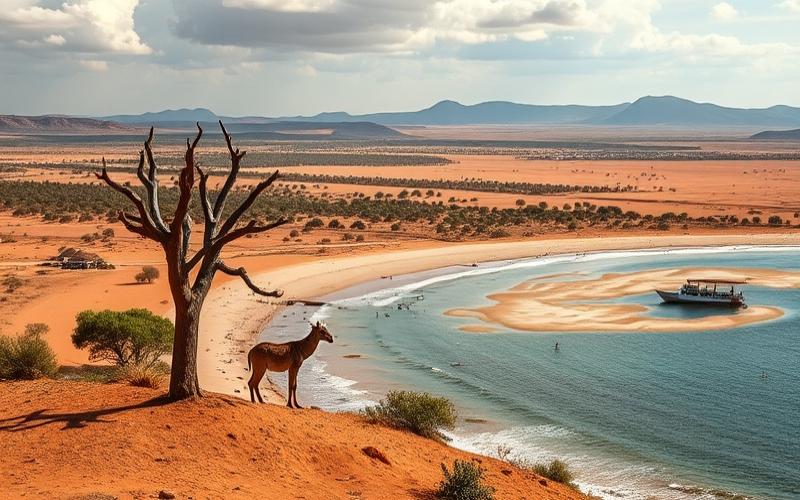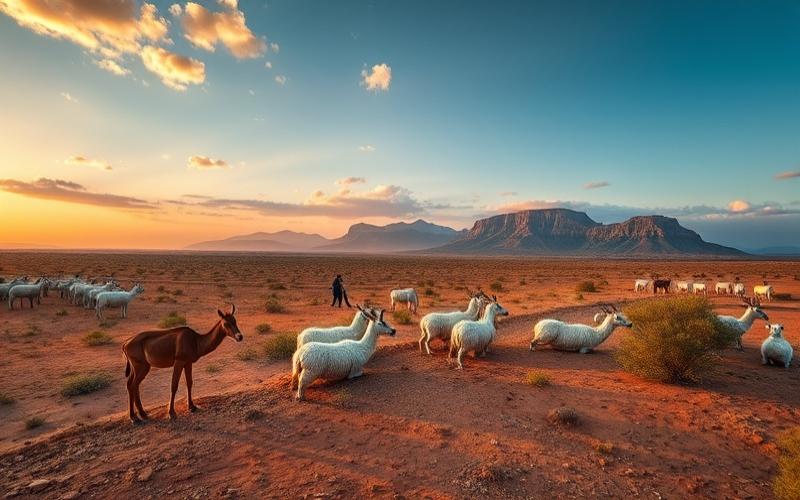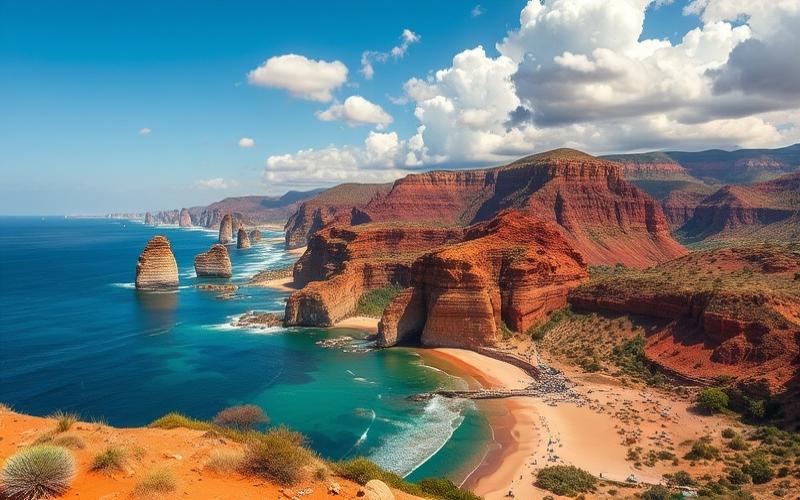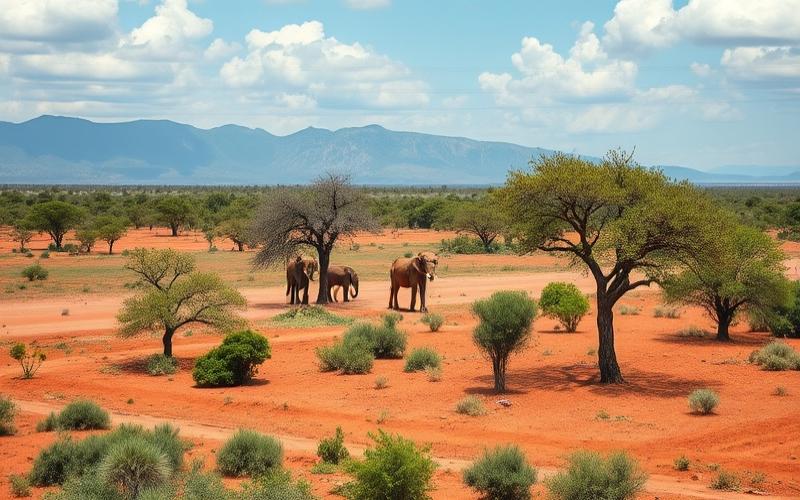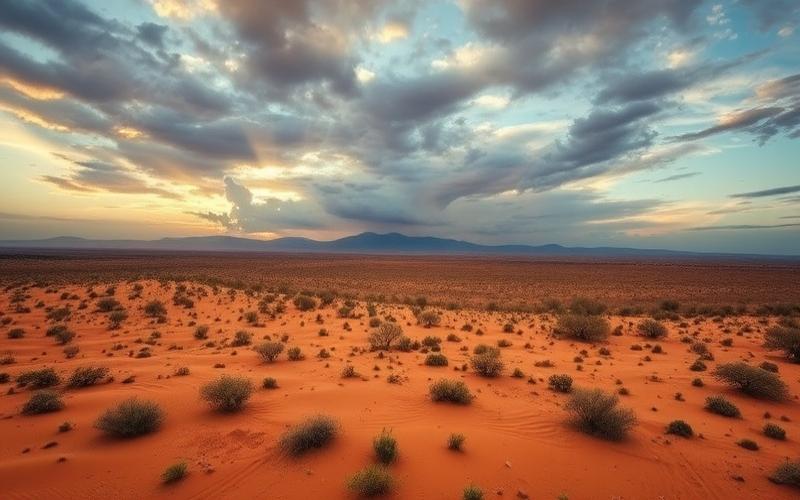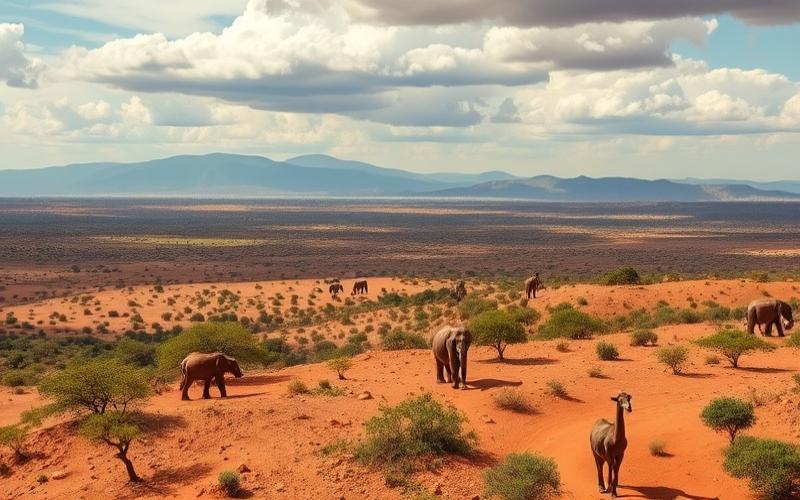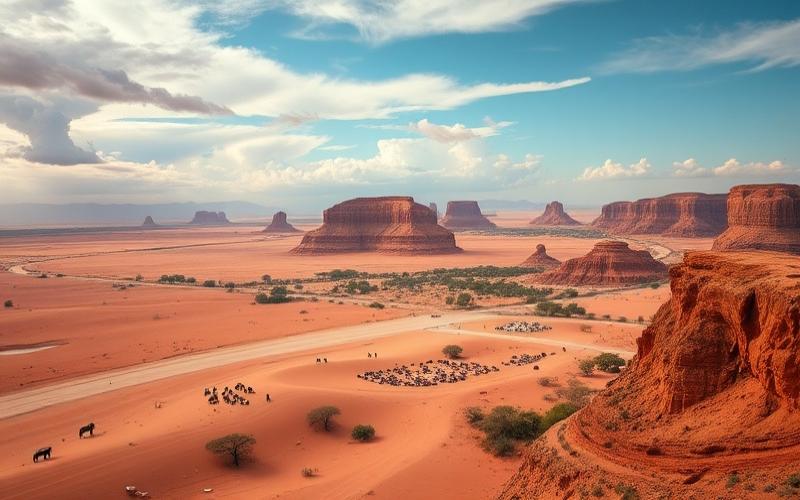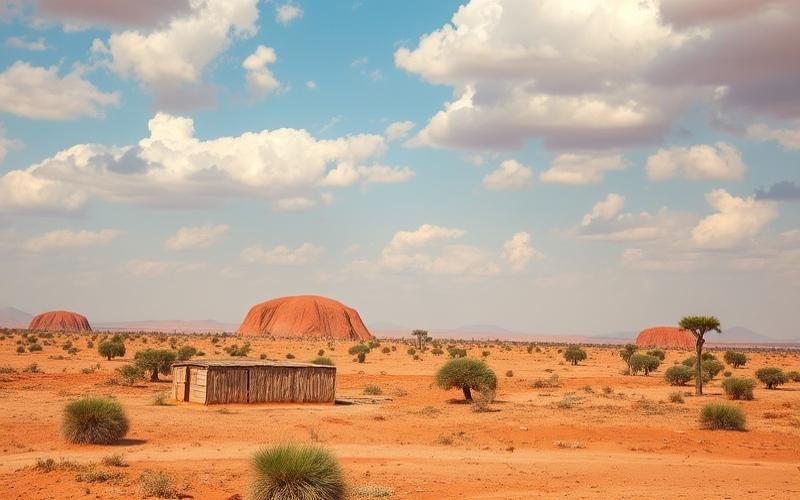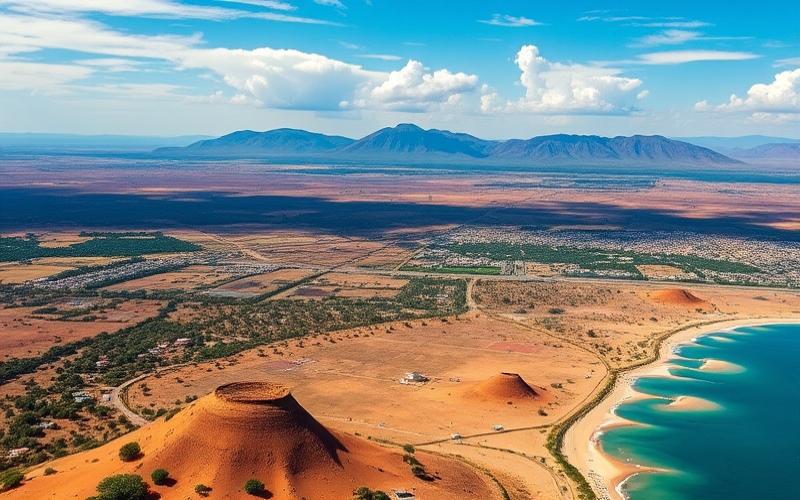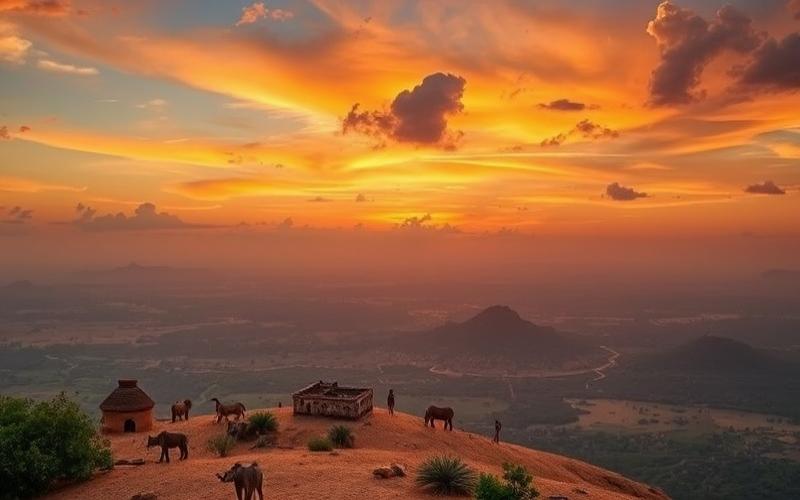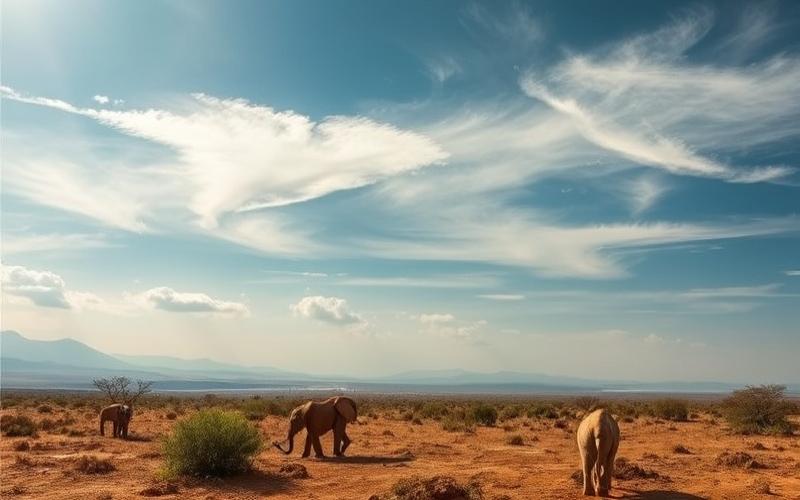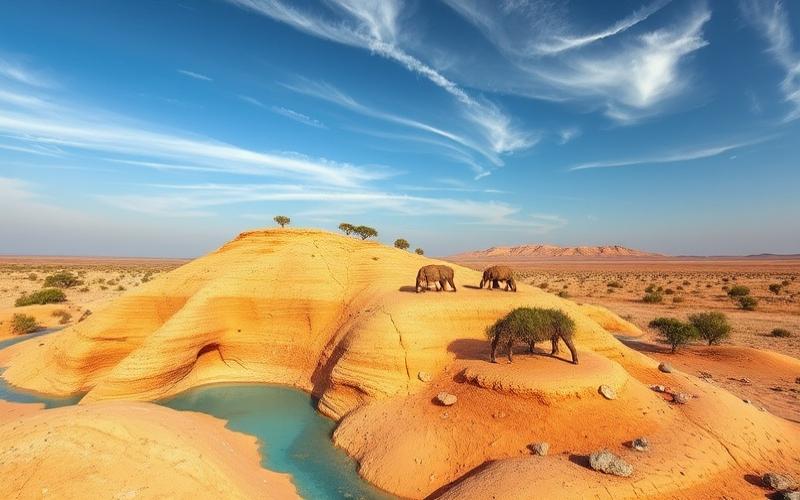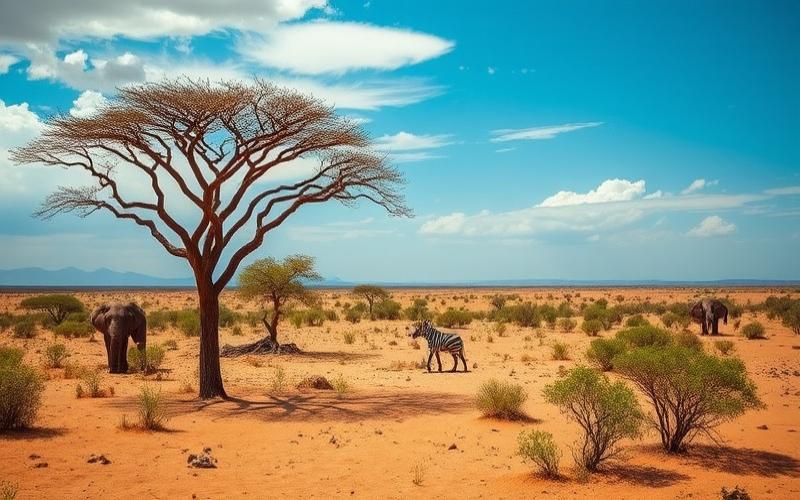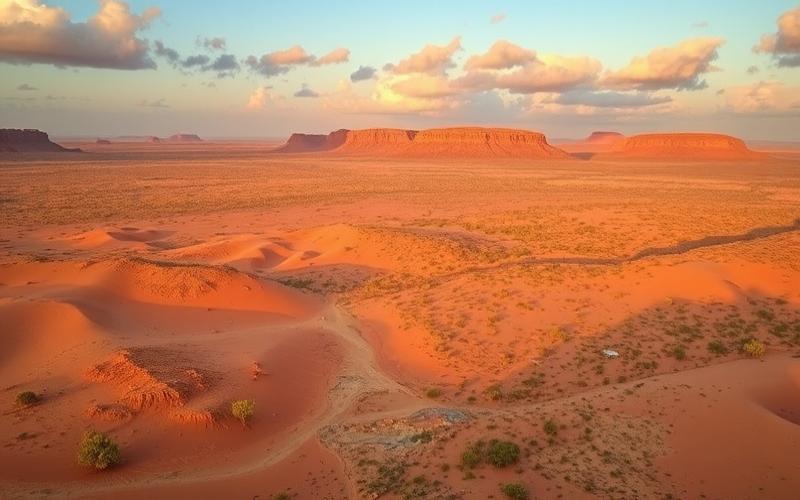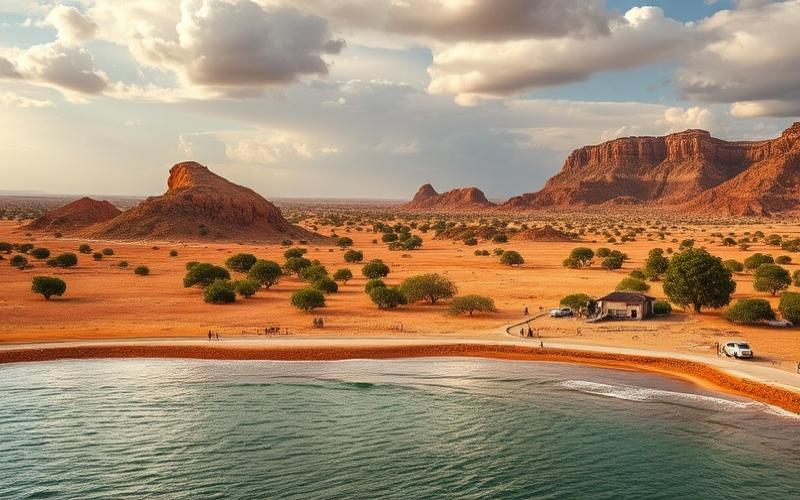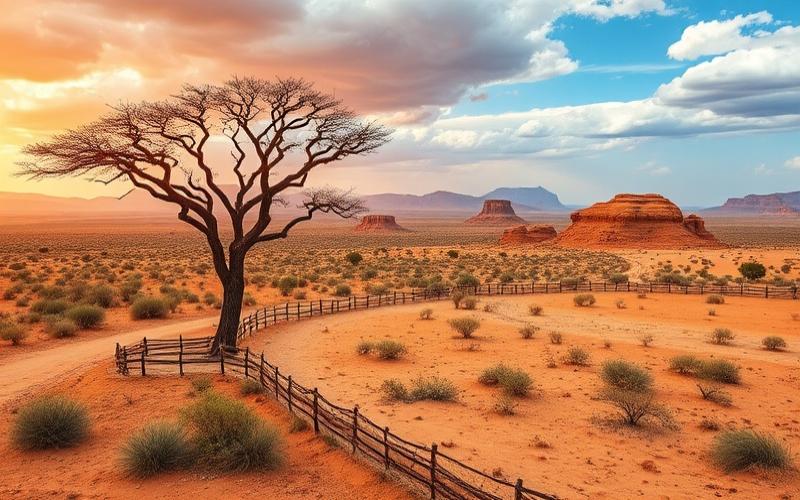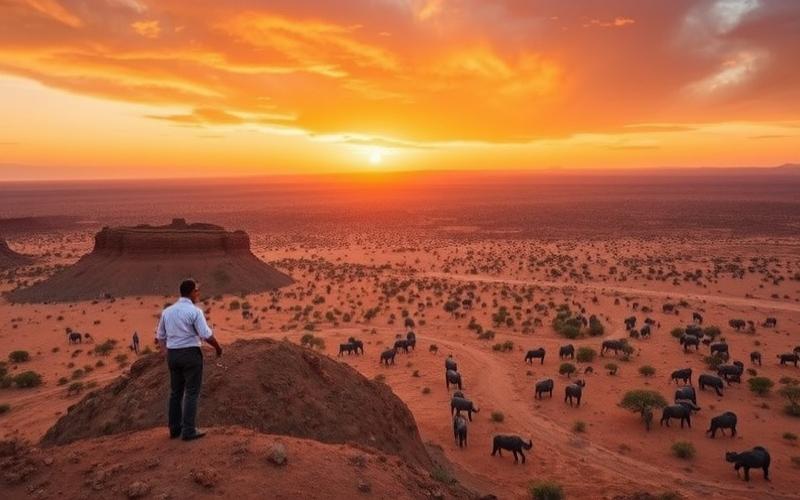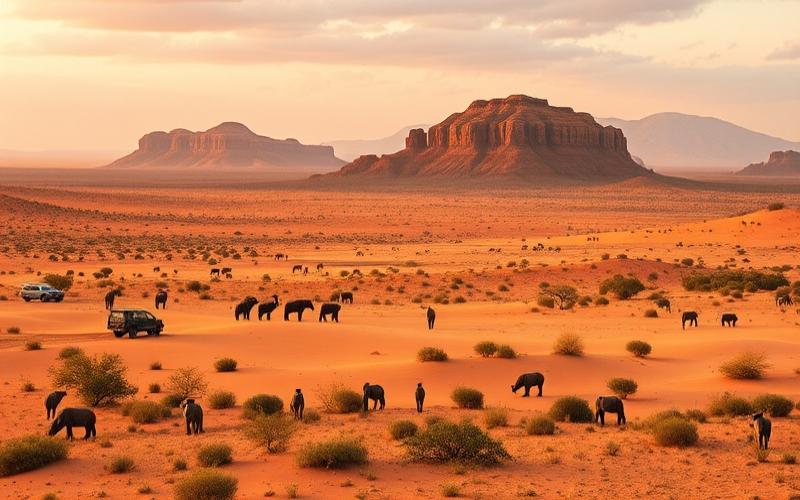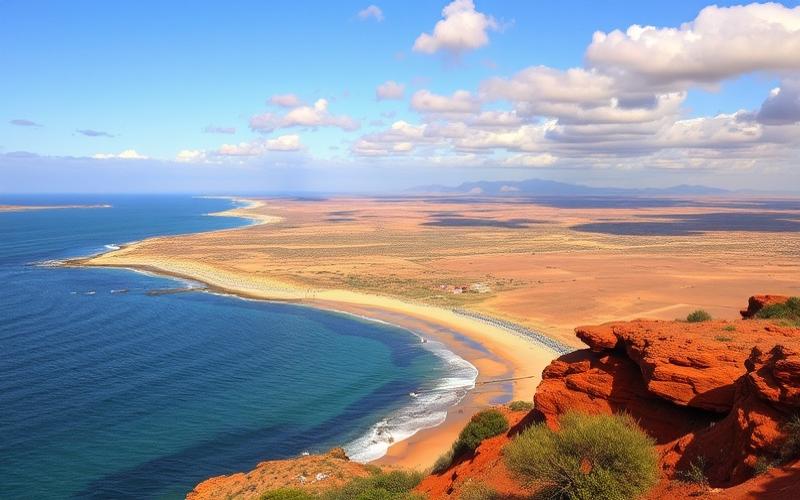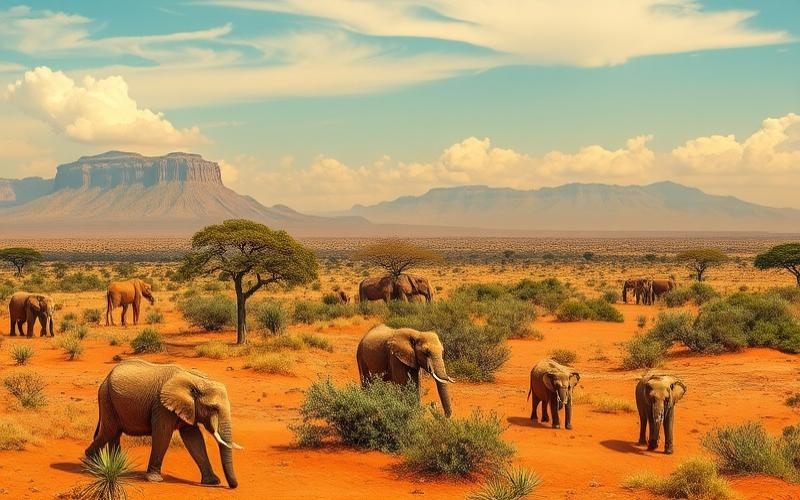
 Published on and written by Cyril Jarnias
Published on and written by Cyril Jarnias
At the heart of South Africa, a country rich in cultural and historical diversity, religious life manifests as a mosaic of diverse places of worship and spiritual communities, reflecting the many traditions and beliefs that coexist harmoniously.
From majestic Christian cathedrals to stately Muslim mosques, colorful Hindu temples, and independent African churches, each sacred structure tells a unique story of faith and community.
While the legacy of apartheid continues to shape society, religious expression in South Africa provides a valuable space for reconciliation and mutual understanding, illustrating how people from all backgrounds can come together under the banner of shared spirituality and deep mutual respect.
Introduction to Religious Diversity in South Africa
South Africa’s religious history is marked by successive major periods of influence and change. Before the arrival of Europeans, the Khoisan and Bantu peoples practiced various traditional African religions centered on ancestors, nature, and community rituals. In the 17th century, Christianity took root with Dutch and then British colonization, gradually becoming the majority through Protestant and Catholic missions. Islam arrived with Malay slaves brought by Dutch settlers to the Cape, while Hinduism was established from the 19th century via Indian contract immigration. Judaism developed mainly from the 1820s with European immigrants.
Major Religions Practiced in South Africa
- Christianity: Majority (over 79% according to the census), it includes various branches such as historical Protestantism (Anglicans, Methodists), Catholicism (about 6%), and independent churches like the Zion Christian Church.
- Islam: Significant minority mainly present in the Cape region among Malay and Indian descendants.
- Hinduism: Practiced by a community primarily from Indian immigrants who came in the 19th century to work on plantations.
- Judaism: Small community concentrated in major cities since the early 19th century.
- Traditional African Beliefs: Still alive among some ethnic groups who perpetuate ancestral rites related to natural forces and spirit veneration.
Recent Statistics on Religious Distribution in South Africa
| Religion | Number of Adherents | Percentage of Population |
|---|---|---|
| Christianity | 35,750,641 | 79.77% |
| No Religion | 6,767,165 | 15.10% |
| Islam | 654,064 | 1.46% |
| Hinduism | 551,668 | 1.23% |
| Traditional Religions | 125,898 | 0.28% |
| Judaism | 75,549 | 0.17% |
Influence of Religious Pluralism on South African Society
- The national culture strongly values freedom of worship, enshrined in its modern Constitution.
- Customs reflect a syncretism between Christian celebrations (Christmas/Easter), Hindu festivals (Diwali/Holi), Muslim holidays (Eid), and local traditional rites related to ancestors.
- Interreligious tolerance is institutionally encouraged; however, local tensions are sometimes observed, but there are also many examples of peaceful exchanges during multicultural or interfaith events.
Iconic Examples of Places of Worship
- Christianity: Regina Mundi Church in Soweto – a historical symbol for its role during apartheid
- Islam: Nurul Islam Mosque in Cape Town – founded by the Malay community
- Hinduism: Sri Mariamman Hindu Temple in Durban – the country’s largest Hindu temple
- Judaism: Great Synagogue in Johannesburg – a major spiritual center for this community
- Traditional African Beliefs: Sacred sites such as Mount Nhlangwini or places dedicated to ancestral rituals
Thus, South Africa’s religious diversity remains a structuring pillar both in terms of identity and social and cultural aspects.
Good to Know:
South Africa has a religious mosaic marked by the predominance of Christianity (nearly 80%), while Islam, Hinduism, and Judaism are also present, exemplified by the Nizāmī Mosque, Mariammen Temple, or Garden Shul Synagogue. This pluralism enriches South African culture and promotes interreligious tolerance, with shared celebrations and mutual respect for traditions.
Main Places of Worship in Major South African Cities
Johannesburg
- Zion Christian Church: Founded in the early 20th century, this temple is representative of independent African churches and blends simple architecture with community spaces. It regularly hosts large gatherings and religious festivals.
- Fordsburg Grand Mosque: A central location for the Muslim community, with a traditional minaret and Islamic decorations. Accessible by public transport, it organizes Friday prayers as well as Ramadan and Eid celebrations.
- Lenasia Hindu Temple: Serving the Indian community since the 1940s, this temple combines colorful Dravidian architecture and elaborate sculptures. Open to visitors during festivals like Diwali.
- Oxford Shul Synagogue: The city’s oldest active synagogue, built in an Art Deco style in the early 20th century; it remains the spiritual heart of local Jews with regular Sabbath services.
Cape Town
- St. George’s Cathedral (Anglican): A neo-Gothic masterpiece inaugurated in 1934, known for its historical role in the fight against apartheid. Easily accessible downtown; frequent choral concerts.
- Auwal Mosque: The first mosque in Southern Africa (1794), located in Bo-Kaap; modest architecture but rich in community history. It hosts major Muslim rites throughout the year.
- Shree Ganesha Mandir Hindu Temple, Rylands Estate: A modern temple dedicated to Ganesh serving a large Tamil community; large annual festival during Ganesh Chaturthi open to all.
- Gardens Shul Synagogue: A monumental building constructed in 1905 in an eclectic Victorian style; a hub for major Jewish events.
Durban
- Emmanuel Cathedral, Victoria Street: Late Gothic architecture dating from 1903; a central point for local Catholic activities with daily masses and seasonal solidarity markets on the forecourt.
- Juma Masjid Mosque: The largest South African mosque founded in 1881; imposing minarets visible from downtown; open during major Muslim prayers and cultural festivals accessible to outside visitors.
- Sri Sri Radha Radhanath ISKCON Temple, Chatsworth: A contemporary structure inspired by the Hare Krishna movement; large Janmashtami festival each year attracting all local religious communities.
- Durban Jewish Centre Synagogue: Local Jewish headquarters housing a modern synagogue; offers easy access for people with reduced mobility thanks to its recent facilities.
Pretoria
| Religion | Iconic Place | Year/Foundation | Architectural Style | Importance | Accessibility |
|---|---|---|---|---|---|
| Christianity | NG Kerk Pretoria | 19th century | Afrikaner Neo-Gothic | Central parish | Downtown |
| Islam | Masjid Al-Nur | 20th century | Pure Modernism | Large common hall | Private parking |
| Hinduism | Shri Ram Temple | 1970s | Indian inspiration | Open festivals | Near transport |
| Judaism | Beth Menorah Synagogue | Early 20th c. | Classical style | Active community | Arcadia neighborhood |
Main Points on Accessibility:
- Most places are located near or in historic downtown areas, easily accessible by bus or urban shared taxi
- Many have facilities adapted for people with disabilities (ramps, elevators)
- Hindu temples organize open houses during their main festivals
- Synagogues often offer guided school tours
Regular/Seasonal Events:
- Daily/weekly religious services according to denomination
- Major festivals like Christian Christmas/Easter, Muslim Ramadan/Eid, Hindu Diwali/Ganesh Chaturthi, Jewish Passover/Rosh Hashana
- Occasional interreligious conferences promoting dialogue between communities
All these places are not only essential for spiritual practice but also strong identity vectors around which local social life and permanent intercultural exchanges are organized.
Good to Know:
In Johannesburg, the Nizamiye Mosque offers regular guided tours to discover its impressive architecture, while St. George’s Cathedral in Cape Town is a historical venue for interfaith events.
Religious Communities and Their Integration of Expatriates
Religious communities in South Africa play a central role in the integration of expatriates, offering specific welcome programs and adapting their rituals to include cultural diversity.
Main Welcome Programs and Initiatives:
- Language courses and cultural workshops to facilitate mutual understanding.
- Multilingual prayer groups that allow expatriates to participate in their native language.
- Social services associated with places of worship, such as food aid, psychological or legal support, and practical advice related to settling in.
- Musical or sports activities organized by parishes, fostering informal connections between local members and newcomers.
Concrete Examples of Engaged Places of Worship:
| Place / Organization | Integration Actions Implemented |
|---|---|
| St. George’s Cathedral (Cape Town) | Multilingual masses, monthly intercultural forums, social accompaniment |
| Masjid-ul-Quds (Cape Town) | Courses on local Islamic history for Muslim expatriates, support groups |
| Shree Sanathan Dharma Hindu Temple | Initiation to rituals open to all newcomers |
| Pentecostal Churches | Bible workshops adapted to different ethnic groups |
Challenges Encountered During the Integration Process:
- Language barriers between historical members and expatriates.
- Ritual or doctrinal differences according to migrants’ religious origins.
- Social prejudices sometimes persistent towards certain foreign groups.
To overcome these obstacles:
- Religious leaders encourage intercommunity dialogue through seminars or thematic round tables.
- Local mentors individually accompany each new member during their first weeks within the community.
Cultural and Social Dimension:
Religious integration strongly contributes to South African social cohesion:
Positive Effects:
- Strengthening the sense of belonging through mutual recognition of diverse cultural identities.
- Creation of common spaces where transnational solidarities are woven.
Impact on Cultural Diversity:
- Mutual enrichment of worship practices (songs, shared celebrations).
- Public valorization of multiculturalism through religious festivals open to the general public.
These dynamics position religious communities as essential drivers in the successful welcome of expatriates while strengthening the South African social fabric.
Good to Know:
Anglican churches in Johannesburg offer mentorship programs for expatriates, while mosques in Durban organize cultural sessions to facilitate integration; intercultural exchanges strengthen social cohesion, despite challenges such as language barriers.
Disclaimer: The information provided on this website is for informational purposes only and does not constitute financial, legal, or professional advice. We encourage you to consult qualified experts before making any investment, real estate, or expatriation decisions. Although we strive to maintain up-to-date and accurate information, we do not guarantee the completeness, accuracy, or timeliness of the proposed content. As investment and expatriation involve risks, we disclaim any liability for potential losses or damages arising from the use of this site. Your use of this site confirms your acceptance of these terms and your understanding of the associated risks.


